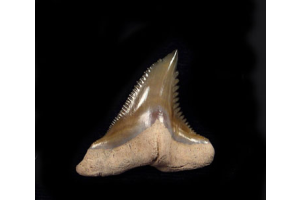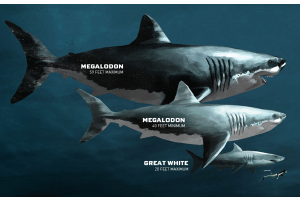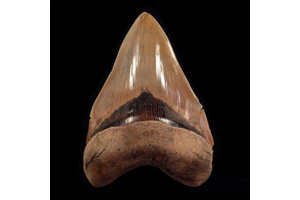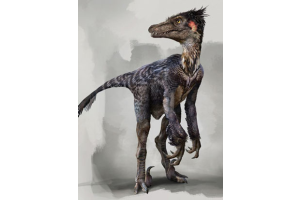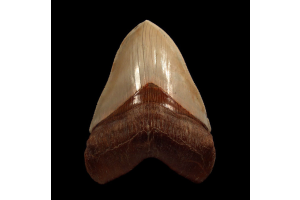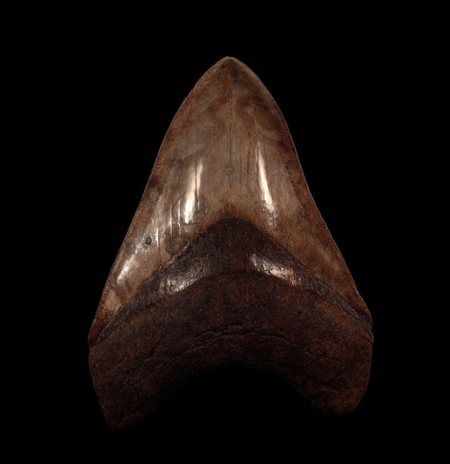
In the world of paleontology and fossil collecting, the allure of owning a genuine piece of prehistory is undeniable. Among the most coveted treasures are the teeth of the legendary Megalodon, the ancient giant of the seas. However, with the popularity of fossil trading comes the risk of encountering fakes and replicas. In this guide, we'll explore the key differences between megalodon tooth fake vs real and how to tell if a megalodon tooth is real, empowering enthusiasts to discern authenticity with confidence.
1. Examination of Surface Texture:
One of the first indicators of authenticity lies in the surface texture of the tooth. Genuine Megalodon teeth often exhibit a natural, weathered appearance, with subtle imperfections, such as pits, scratches, and irregularities, consistent with millions of years of fossilization. In contrast, fake teeth may appear overly polished or artificially aged, lacking the authentic patina and texture characteristic of true fossils.
2. Assessment of Weight and Density:
Authentic Megalodon teeth are typically denser and heavier than their counterfeit counterparts. This is due to the natural mineralization process that occurs over millions of years, resulting in increased density and weight. When handling a suspected Megalodon tooth, pay attention to its weight relative to its size. While size alone is not a definitive indicator of authenticity, a tooth that feels unusually light for its size may raise suspicions.
3. Inspection of Root and Blade:
The root and blade of a Megalodon tooth can provide valuable clues about its authenticity. In genuine fossils, the root is often well-defined and exhibits natural features, such as nutrient foramina (small holes) and root lobes, which are indicative of the tooth's biological origin. Additionally, examine the blade for serrations—sharp, saw-like edges that are characteristic of Megalodon teeth. While some wear and damage are expected due to fossilization, the presence of finely preserved serrations suggests authenticity.
4. Verification of Fossilization Signs:
True Megalodon teeth bear telltale signs of fossilization, including mineral deposits, sedimentary layers, and color variations consistent with geological processes. Look for areas of calcite or other minerals, which may appear as white or colored patches on the tooth's surface. Additionally, inspect the base of the tooth for remnants of the surrounding sediment or matrix, which can provide clues about its original context and authenticity.
5. Consultation with Experts:
When in doubt, seek the guidance of experienced paleontologists, fossil experts, or reputable dealers who specialize in Megalodon teeth. These professionals possess the knowledge and expertise to accurately assess the authenticity of fossils and can provide valuable insights and guidance to collectors and enthusiasts.
In conclusion, while the allure of owning a Megalodon tooth is undeniable, it is essential to exercise caution and diligence when evaluating authenticity. By employing a combination of visual inspection, tactile assessment, and expert consultation, enthusiasts can confidently discern genuine Megalodon teeth from fakes, ensuring that their fossil collections are authentic pieces of natural history. If you are looking for an authentic dealer to purchase Megalodon teeth, Buried Treasure Fossils is the right destination to purchase real fossils. Shop now!






